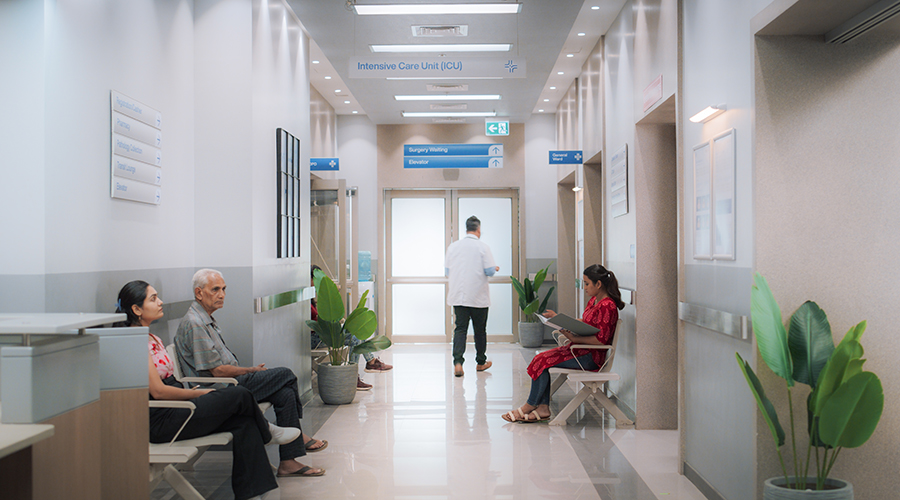Infection control is a cornerstone of a well-run healthcare facility, as the occupants must be kept safe from the various pathogens within. Here are five vital components to a robust infection control program.
1: Hand Washing and Hygiene
A person’s hand touches many different surfaces and objects throughout the day, all of which harbor germs that can be transmitted upon direct contact.
Healthcare facilities are a breeding ground for these germs, meaning both facilities and medical staff need to be mindful of spreading them. Fortunately, a simple routine of hand washing is a great first line of defense to control infections, according to Phil Carrizales, director of the jan/san division at Acme Paper and Supply Company.
“Most people do not wash their hands enough or the correct amount of time though,” says Carrizales. “Washing hands thoroughly for at least 20 seconds is recommended or even the time it takes to sing Happy Birthday. If hand washing is not readily available, the use of hand sanitizer is ideal.”
People often forget that the last step of hand washing is hand drying with either paper towels or hand dryers. Touching surfaces with damp hands can still spread germs.
2: Personal Protective Equipment (PPE)
PPE can come in many forms such as disposable gloves, masks or face shields, eyewear and even full body suits, says Carrizales. Gloves must be changed between rooms/tasks to avoid cross contamination. Also, if a staff member is using an N95 facemask, the user should be fit tested.
What is appropriate to use will depend on the situation and environment, says Carrizales.
3: Touch Point Disinfection
There are many touch points in a healthcare facility, further adding to the likelihood of germs spreading. All touch points must be cleaned frequently with an EPA-certified disinfectant says Carrizales. When doing so, be sure to check and follow the directions of the disinfectant.
“Depending on the facility or room being cleaned, disinfectant wipes may be preferred to minimize airborne particles and overspray,” says Carrizales.
Additionally, include soft surfaces such as upholstery and privacy curtains in the cleaning process as they are often overlooked and can harbor germs for days to months.
4: Training
“Regularly scheduled training sessions are a must at any healthcare facility,” says Carrizales. “Every healthcare worker, regardless of their job function, needs to have access to infection control training at least once a year.”
This training can either be in person or online, says Carrizales. Training also needs to be done with new staff regardless of their job function prior to working with or around patients and staff.
“Having an infection preventionist contribute to the training protocol is ideal as they are usually the most up to date on current standards and protocols,” says Carrizales.
5: Open Communication
Facility managers must have open communication with other departments such as infection prevention and the healthcare workers in contact with patients, says Carrizales. Doing so can help bring different areas of expertise to together to mitigate the risk of infection and spreading germs. It also aids in the development of infection control programs.
Jeff Wardon, Jr. is the assistant editor for the facilities market.

 Turning Facility Data Into ROI: Where Healthcare Leaders Should Start
Turning Facility Data Into ROI: Where Healthcare Leaders Should Start Sutter Health Breaks Ground on Advanced Cancer Center and Care Complex
Sutter Health Breaks Ground on Advanced Cancer Center and Care Complex Imperial Beach Community Clinic Caught Up in Email Cyberattack
Imperial Beach Community Clinic Caught Up in Email Cyberattack Social Media Driving Rise in Trade Jobs
Social Media Driving Rise in Trade Jobs North Carolina Children's Receives $25M Gift from Coca-Cola Consolidated
North Carolina Children's Receives $25M Gift from Coca-Cola Consolidated